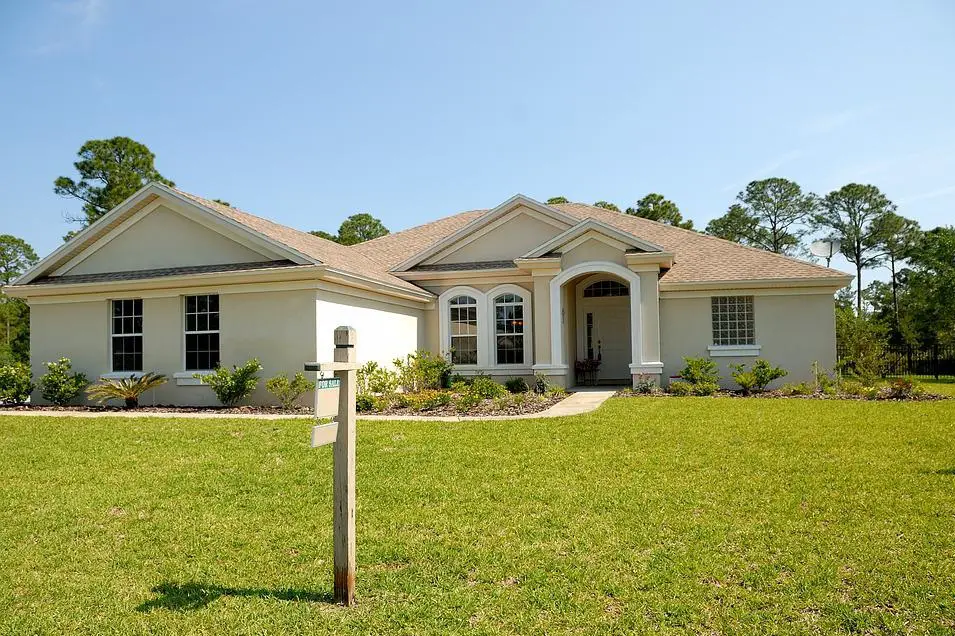Home prices jumped 20.6% in March over the year before according to the S&P CoreLogic Case-Shiller national home price index. That is above the 20% rise in February and the largest year over year gain in the 35 years they have been measuring it. The rise occurred despite mortgage rates jumping a full point during the month
Craig Lazzara, managing director at S&P DJI, said, “Those of us who have been anticipating a deceleration in the growth rate of U.S. home prices will have to wait at least a month longer. The strength of the composite indices suggests very broad strength in the housing market, which we continue to observe.”
The index measures home prices in the largest 20 cities. It saw a 21.2% rise, with all of the cities it followed having double digit rates of growth in March. Price growth in 17 of the cities was still accelerating compared to February.
Some analysts attributed the surge in March prices to a demand that arose from buyers anticipating Fed rate hikes, and wanting to lock in sales before it happened. The average rate on 30 year mortgages went from 3.76% to 4.67% over the course of the month. By mid-May it had hit 5.3%.
Home prices are also being driven up by a lack of inventory, versus buyer demand. Unsold inventory was 1.9 months in March, down from 2.3 months in April 2021. In a balanced market, unsold inventory would sit at 6 months supply.
Regardless, economists expect that rising interest rates will drive sale prices down in the near future.
Danielle Hale, chief economist at Realtor.com, said, “Eventually we expect a more moderate pace of listing price growth, with for-sale homes that sit for longer than the record pace we’ve seen in recent months. Mortgage costs are nearly 50% higher today than they were at this time last year. Unless incomes grow by double-digits or mortgage rates dip, neither of which seems especially likely, households will have to look for other options.”
Already, there are signs that buyers are reducing demand. Last month, new home sales dropped 16.6%, to a seasonally adjusted annual rate of 591,000 units. Existing home sales fell 2.4% from a month earlier, to a seasonally adjusted 5.61 million units. Meanwhile pending home sales for April fell 3.9%, and one in five home sellers dropped their prices in May, according to a Redfin report.
Still, noting the current momentum, Mark Fleming, chief economist at First American, said in a statement. “The Federal Reserve is trying to tame inflation and slow demand, leading to a slight normalizing of the housing market. But the lack of supply against robust demographic demand will keep price appreciation elevated, so don’t expect a decline in prices anytime soon.”


